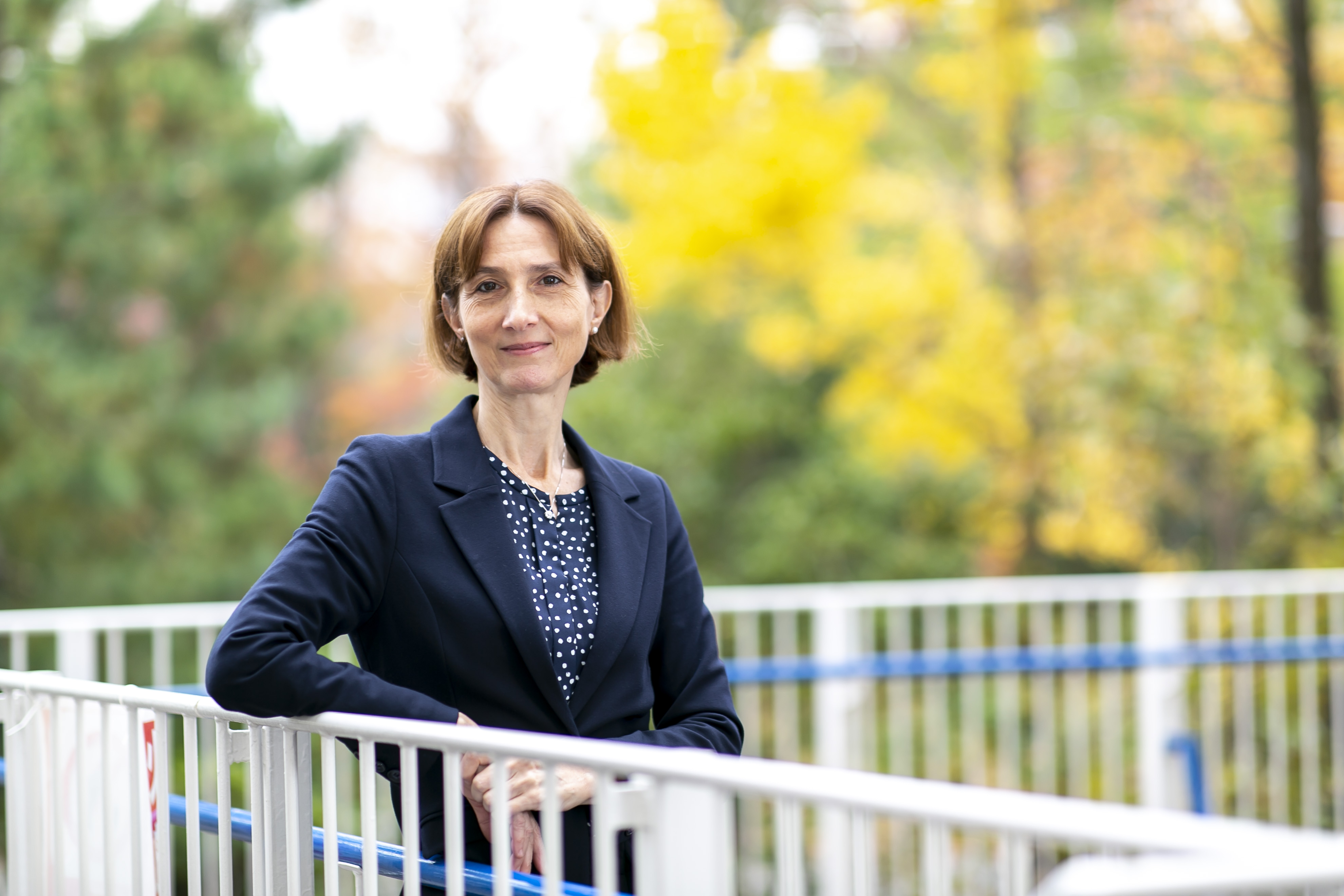
Dr. Paola Cavaliere, Specially Appointed Associate Professor, School of Human Sciences
"Women and local faith communities in building disaster resilience in Japan"
Crisis as normality
“If a disaster strikes, there is no better place to be than Japan,” an Italian friend told me last year. That Japan is a country prone to natural disasters is out of question. Extreme natural events seem to belong to the daily experience of Japan, which has developed systems of prevention, response and reconstruction increasingly attentive to the containment of risk and education of the population to prevent and manage the emergency. The DDR (Disaster Risk Reduction) global initiatives draw upon Japan’s level of disaster preparedness and its capacity of a quick recovery in the post-disaster and reconstruction phases for the standards of their global goals. In comparison, Italy, my home country, which is also prone to earthquakes, is relatively unprepared to cope: while government policies and measures are increasingly attentive to risk containment, the population does not receive enough education and training on how to prevent and manage the emergency. The problem with Italy’s approach lies in the partial and inadequate way of understanding the disasters as solely associated with ―and triggered by ― natural hazards.
A paradigm shift: community resilience
As it happens, there is an increasing awareness that the degree of severity and type of harm caused by natural disasters depend on the individual’s health, income, safety, location of work and home, which are largely determined by class, gender, ethnicity, age group, disability, religion, immigration status, language proficiency and so on. This is why the latest global initiatives focus on people, communities and individuals, more than on the existence or non-existence of infrastructures, to develop disaster response measures. This shift has an emancipatory quality in that the focus is no longer on the weaknesses and needs of people and communities (vulnerability): it is now on their strengths and their capacity to cope with disasters and crises (resilience).
A source of disaster resilience: women in local faith communities
Over the past few years I have been asking myself what the sources for such capacity or resilience are. In my fieldwork I have talked with many women belonging to Japanese religious organizations and asked them about their experience during the Kumamoto earthquake in 2016. My data show that women’s and their local faith community’s involvement in community-based disaster risk reduction and post-disaster management has had an impact on building their resilience in three areas: emergency response; the identification of durable solutions for affected populations; and gender equality. As a researcher of gender and religion, I find this last finding the most intriguing since most religious organizations I investigate promote a traditional order of the family, supporting conservative values, gender norms and stereotypes typical of a patriarchal order of society. DRR guidelines recognise that women more often carry additional disadvantages due to gender than men. These disadvantages can be amplified during and after the disaster, especially when, as in the cases of Japan and Italy, the social and cultural norm implies that women are primarily responsible of domestic duties, which makes them responsible of family caregiving and safety of domesticity. As reconstruction of the affected areas in Kumamoto progresses, issues with gender and diversity perspectives come to light in my respondents’ narratives. They point out that DRR planning, policies and practices have been male-centred and men-managed, and in many cases they do not reflect the needs and voices of women and other vulnerable social groups. On the other hand, they value their local faith community for the way it quickly responded to their needs and demands. Their understanding of the complexities of their issues and women’s situatedness within the community ― often combined with an existing track record of care and welfare service volunteering ― has served as a strong foundation for provision of support and resilience.

Building disaster resilience in Japan
Although Japan’s disaster prevention and management measures have become a model for global initiatives, they still need to include gender equality and other vulnerable social groups’ perspectives when implementing necessary measures and responses. Moreover, cooperation between municipalities and local entities that are situated in the community may potentially boost disaster resilience at the community level. The results of my ongoing investigation show that the inclusion of women and of their religious organizations into local disaster response and initiatives has not altered existing power relationships and will not necessarily contribute to address unjust paradigms of gender-myopic disaster risk reduction and management. However, their stories suggest that to contain the impact of the disaster and facilitate the return to daily living activities it is necessary to question the terms and forms of participation, and identify institutional changes that ease the participation of women and vulnerable social groups in decision-making processes that can improve the way a community prepares for, responds to, and recovers from disasters.
For more information on Associate Professor Cavaliere's research, please contact:
pcavaliere@hus.osaka-u.ac.jp
Information on the International Undergraduate Degree Program:
Edit: Kim Mawer